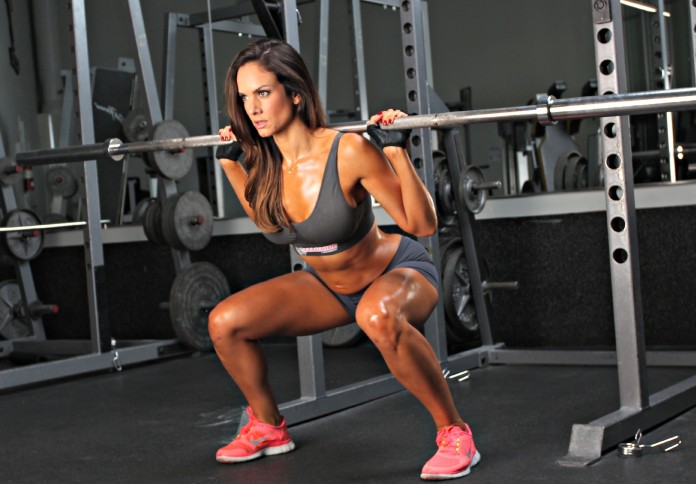If I had a dollar for every time I’ve been asked this question by clients, I’d be a millionaire.
Shallow squats, push-ups, presses, and partial chin-ups all fall into the same argument of, “does it make a difference if I go full range or just partial range?”
Here is a breakdown of why we should ALWAYS work through a full range of movement when we lift:
Greater Level of Growth
How many times have you heard that squatting is the key to large legs? This is one of the main reasons why the squat is in the top 4 exercises to have in your repertoire. To go one step further, if you’re looking to really increase the size of your legs, then you need to start squatting deep. A study published in the European Journal of Applied Physiology showed that subjects who squatted to a full 120 degrees of flexion showed a significant increase in thigh muscle mass.
Huge Boost in Strength
You don’t have to be a power-lifter to enjoy the strength benefits that come with performing squats. If you are a power athlete, then listen up: squatting deeper is the key to leaps and bounds in gaining strength. A study published in the Journal of Strength and Conditioning Research had two groups: one doing shallow squats and one performing deep squats. At the end of the first half of the study, the deep squat group excelled in every measurable area with an emphasis on strength. What’s interesting is that for the second half of the study, both groups were not allowed to train for 4 weeks! The shallow squat group saw the fastest reduction in muscle and strength. The deep squat group maintained most of their muscle and strength!
Improve Other Areas of Fitness
Imagine training legs on Monday and boosting your performance in other areas on Wednesday. Squatting deep has demonstrated improvement in other areas of fitness, with an emphasis for those athletes looking for greater jumping power. A study published in the Journal of Strength and Conditioning Research showed that subjects who squatted deep saw a significant improvement in their vertical jump and explosive power.
Safe for Knees and Ankles
A primary concern during the squat (and a tell-tale sign that something is wrong) is when you feel unnecessary strain in your knees and ankles. Yes, the squat is a multi-joint exercise but if you are ONLY feeling it in your knees, then you need to change what you are doing. Squatting deeper will help to shift the load into the hips. This shift will alleviate excessive pressure on the knees and ankles while strengthening the hip muscles.
Conclusion
The benefit of full range of movement and strength training is well documented. For a lot of us, this makes the next step to obtain a full range of movement. This can be easier said than done, so be sure to keep working hard with your stretching routines so you can gain the necessary flexibility to achieve a deep squat. This way, you can get the most out of your gym program each and every workout.


![5 Reasons You Should Travel Alone Airplane [image source: chau nguyen/ http://thedevilhatessweatpants.blogspot.com.au ], crowd ink, crowdink, crowdink.com, crowdink.com.au](https://crowdink.com/wp-content/uploads/2016/08/Chau-airplane-218x150.jpg)





























